International Day of Liberation of Prisoners of Nazi Concentration Camps
On April 11th, the International Day of Liberation of Prisoners of Nazi Concentration Camps is celebrated in Russia and in many countries of the world. This day does not allow the world to forget about the unjustified cruelty and ruthlessness of the fascists and reminds the current generation of the price the victory over them came at.
The international event was established by the UN in memory of the rebellious prisoners of one of the most numerous concentration camps in history – Buchenwald. Mass killings by shooting, hanging, gas poisoning, hunger and cold, brutal beatings, medical experiments on living people, including children, blood sampling from babies already exhausted – all this is only a small part of what people who fell under the monstrous ice rink of the Nazi regime had to experience behind barbed wire. Due to the scale of the tragedy of the Second World War, the International Day of Liberation of Prisoners of Nazi Concentration Camps quickly gained universal significance, since citizens of the overwhelming number of countries of the modern world belonged to the prisoners of the camps.
Concentration camps are places of detention of large masses of people placed there on political, social, racial, religious and other grounds. During the Great Patriotic War, nazi Germany created a whole network of such places where hundreds of people were killed every day. Sometimes the numbers of those killed reached a terrifying magnitude, and the penalties and subsequent deprivation of life were sophisticated and accompanied by torture. Most of the people killed during the Third Reich were from the Soviet Union.
In total, more than 14 thousand concentration camps, ghettos and prisons operated on the territory of Germany and the countries occupied by it. One of the largest Nazi concentration camps was Buchenwald, which began operating near the German city of Weimar on July 19, 1937, and by the end of the war, according to German statistics, it had from 60 to 130 branches. Basically, soldiers from the front, captured women and children were sent there. Jews were especially severely exterminated. The terrible genocide that existed in the Buchenwald charter claimed the lives of all representatives: children, women, men and the elderly.
Buchenwald's main profile was the extermination of the population through physical torture, and the fascists also used a gas chamber, which allowed the Nazis to kill a large group of "useless" people at once... Many surrendered and submitted to fate, enduring cruel tortures and begging for death, but there were also those who held on to the end. Resistance groups were created underground, which developed a combat plan – their main task was to overthrow the leadership of Buchenwald. On April 11, 1945, people managed to do it.
After the victory of the world over Nazi Germany, the concentration camps ceased to exist. At the Nuremberg trials in 1946, the international tribunal recognized that the imprisonment of peaceful citizens of foreign States, as well as the forced use of their labor in the interests of Germany, is not only a war crime. It was qualified as a crime against humanity.
Today, during the celebration of the International Day of Liberation of Prisoners of Nazi Concentration Camps, various commemorative events are held in many countries, commemoration of the dead, worship of their memory, laying flowers at the graves and burial sites of victims of fascism. Public organizations conduct various educational events, open lectures, charity events. After all, only by preserving the memory of those terrible events and paying tribute to the people who died and survived in that hell, one can hope that such a thing will never happen again in human history.
 16 april
Foreign students of SPbSUT learned the history of space exploration
16 april
Foreign students of SPbSUT learned the history of space exploration
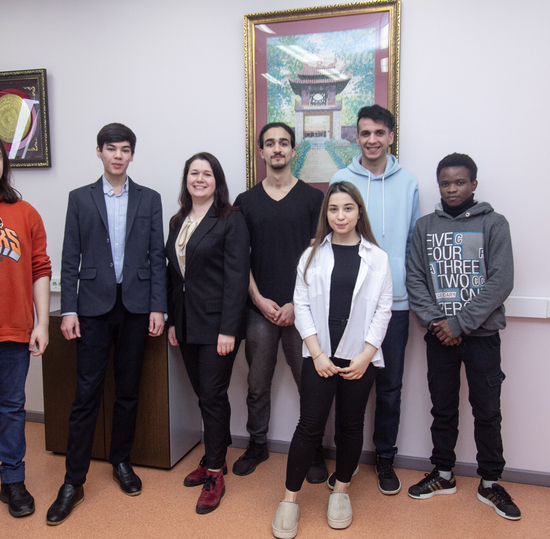 15 april
New members of the SPbSUT International Students Community
15 april
New members of the SPbSUT International Students Community
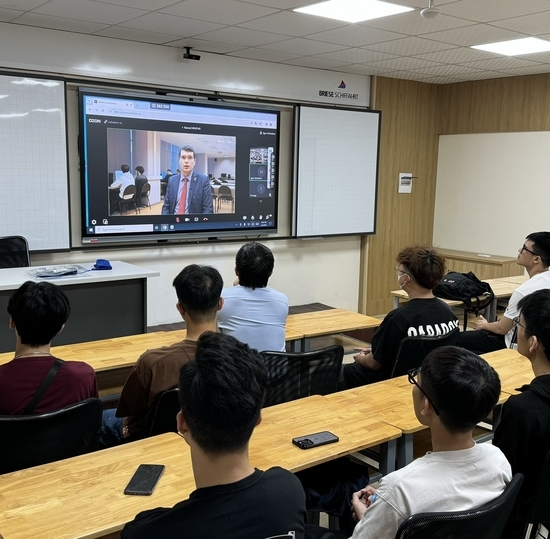 10 april
Lecture for Vietnamese students
10 april
Lecture for Vietnamese students
 1 april
SPbSUT and Myanmar are developing cooperation
1 april
SPbSUT and Myanmar are developing cooperation
 20 march
SPbSUT – for applicants from Kyrgyzstan
20 march
SPbSUT – for applicants from Kyrgyzstan
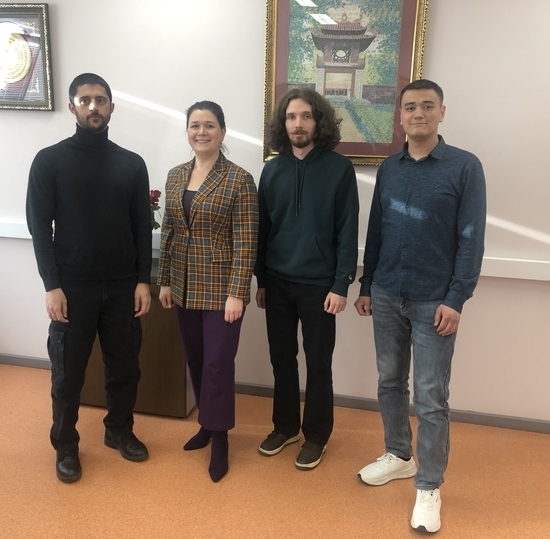 15 march
SPbSUT at the World Youth Festival
15 march
SPbSUT at the World Youth Festival
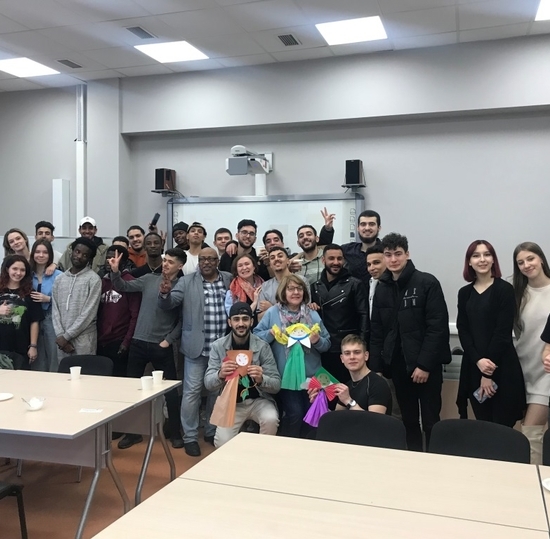 13 march
The International student club "Signal" said goodbye to winter
13 march
The International student club "Signal" said goodbye to winter
 28 february
Foreign students of SPbSUT are among the best in the creative competition
28 february
Foreign students of SPbSUT are among the best in the creative competition
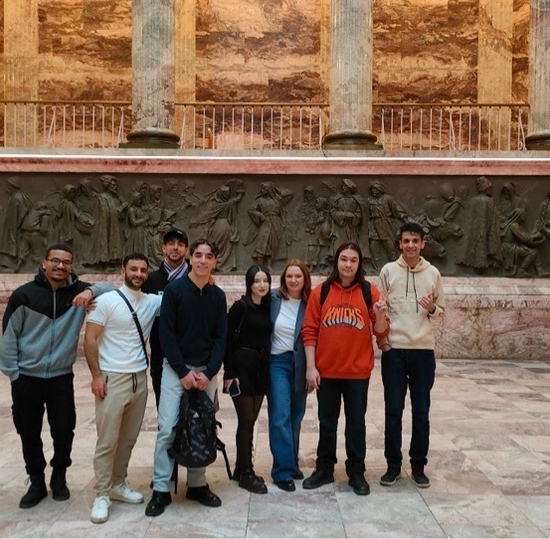 9 february
Foreign students learned about the culture of Slavic peoples
9 february
Foreign students learned about the culture of Slavic peoples
 1 february
SPbSUT is a participant of the fair of Russian higher education in Sri Lanka
1 february
SPbSUT is a participant of the fair of Russian higher education in Sri Lanka
 26 january
General Chairman of the ICACT-2024 conference welcomes the participants
26 january
General Chairman of the ICACT-2024 conference welcomes the participants
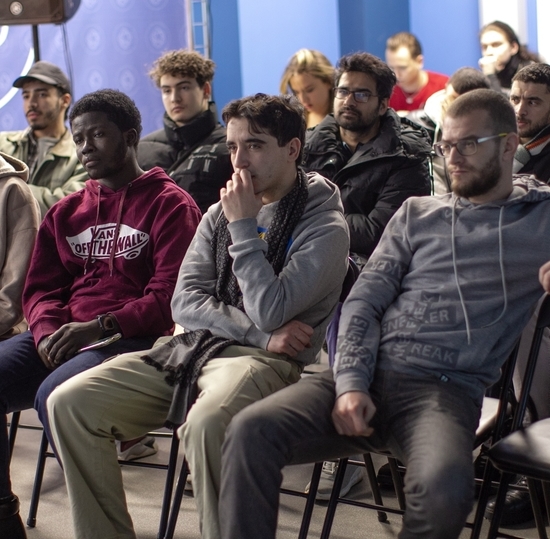 25 january
International Student Club "Signal" held a new meeting
25 january
International Student Club "Signal" held a new meeting
 19 january
Foreign students got acquainted with St Petersburg
19 january
Foreign students got acquainted with St Petersburg
 26 december
2023 Student Victories
26 december
2023 Student Victories
 22 december
The Day of Winter at SPbSUT
22 december
The Day of Winter at SPbSUT
 22 december
From Algeria to Russia: Friendship Day was held at SPbSUT
22 december
From Algeria to Russia: Friendship Day was held at SPbSUT
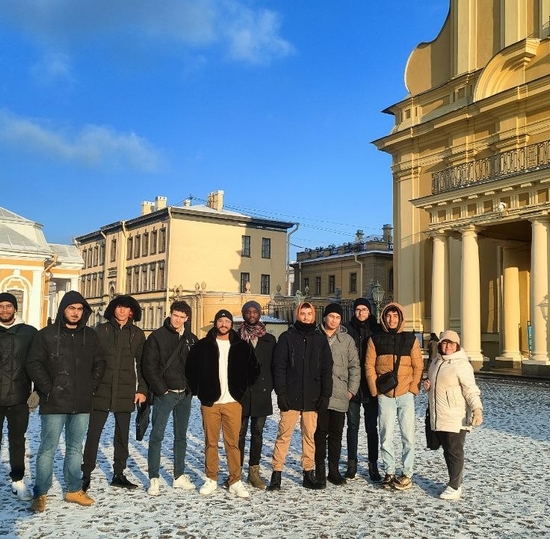 27 november
Foreign students of Preparatory Course get acquainted with SPbSUT and St Petersburg
27 november
Foreign students of Preparatory Course get acquainted with SPbSUT and St Petersburg
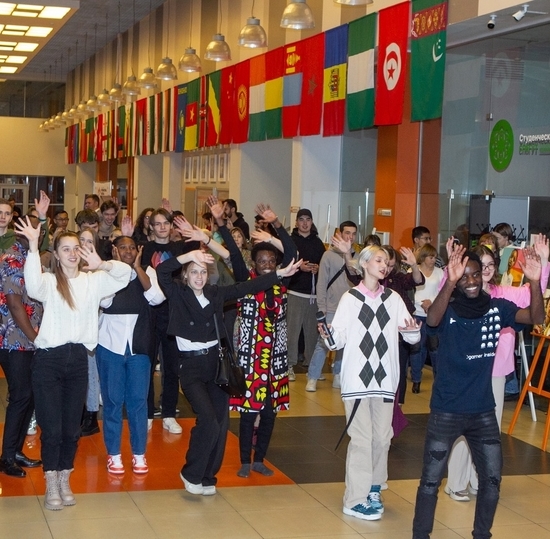 15 november
International Festival of National Cultures
15 november
International Festival of National Cultures
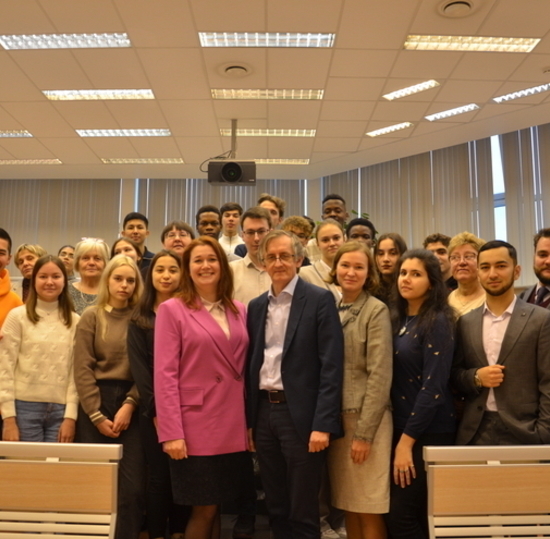 23 october
The best foreign students were awarded at SPbSUT
23 october
The best foreign students were awarded at SPbSUT
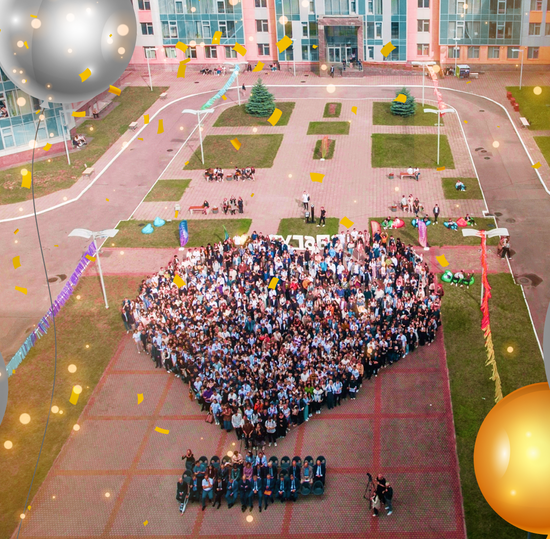 13 october
SPbSUT – 93! Congratulations from Rector Ruslan Kirichek
13 october
SPbSUT – 93! Congratulations from Rector Ruslan Kirichek




